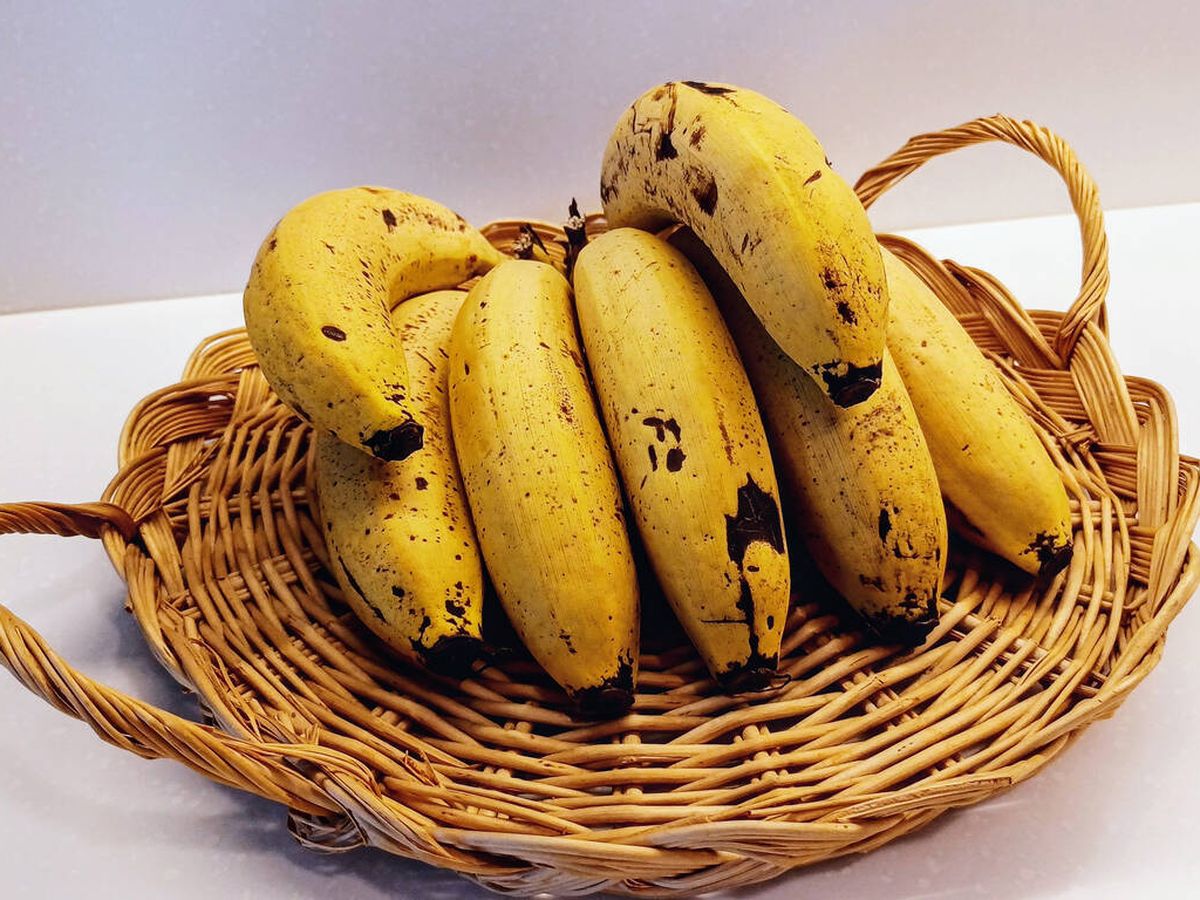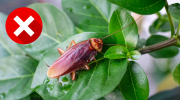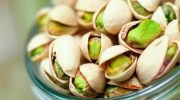Few foods are as popular and widely consumed in the world as the banana. Its natural sweetness, smooth texture and practicality make it the undisputed star of breakfasts, snacks and smoothies. However, behind that impeccable appearance that we see in the supermarkets lies a reality well known to consumers: in a matter of days, the banana loses its vibrant yellow hue and becomes covered with brown spots which, although they do not alter its nutritional properties, do affect its appearance, taste and acceptability.
This transformation, the result of the natural oxidation process, has been a headache for years for both consumers and producers and distributors. But now a British company may have found the ultimate solution. Tropic, a firm specializing in agricultural biotechnology, has developed a genetically modified banana that can retain its yellow color for longer.

The advance is based on an innovative genetic editing technique known as GEiGS (Gene Editing Induced Gene Silencing), which does not introduce external genes — as is the case with traditional GMOs — but rather deactivates those genes responsible for the production of the polyphenol oxidase (PPO) enzyme, which is key in the fruit’s oxidation process. Thus, by reducing the activity of this enzyme, the banana significantly delays its ripening and browning process.
Behind this transformation lies an approach that prioritizes sustainability and efficiency. Every year, tons of perfectly edible bananas are discarded because they have lost their visual appeal. With this new variety, food waste could be drastically reduced, while optimizing their transportation from producing countries —mainly tropical— to markets in Europe or North America.
In addition to its resistance to browning, this genetically modified banana also has a longer shelf life, making it ideal for long journeys without the need for it to ripen prematurely or spoil before reaching the consumer. This quality not only improves the sector’s logistics, but also represents a relief for shops that until now had to deal with very tight sales margins due to product expiration.
The introduction of this “anti-oxidation” banana is not without controversy. As with any biotechnological innovation, doubts and resistance arise from some sectors of the population who associate all genetic modification with risks to health or the environment. However, experts insist that this technique does not involve the introduction of foreign DNA, but a reconfiguration of the fruit’s own genes, making it a safe and controlled alternative. The genetically modified banana has already begun to take its first steps in countries such as the United States and Canada, where its approval has been received as a promising advance in the fight against food waste. In Europe, its regulation is still in the evaluation phase, but interest is growing among both consumers and the agricultural sector.









